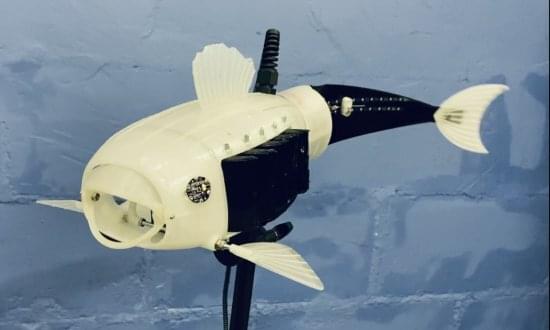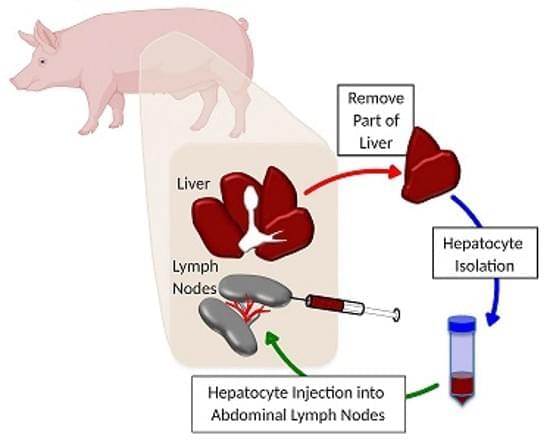
Prof. Aleks Farseev is an entrepreneur, research professor, keynote speaker, and the CEO of SoMin.ai, a long-tail ad optimization platform.
Not too long ago, I was asked to present a tool to some of my clients. It was a simple prototype, where a person would type in a few things (i.e., advertising channel, product and occasion), and in turn, the machine would give a number of sample ads. When I clicked the button, in just a few seconds, the machine spat out several ads complete with images and text. The first comment was, “Wow, that was really fast.” What would take a person a few hours to do, this machine did in but a fraction. There were a lot of other interesting comments, some even pointing out that this machine was really creative. Then one person spoke out, a comment that put the room into an uncomfortable silence, “This thing is going to take my job.”
We are in a time of uncertainty. As AI applications become more visible and popular, many will start wondering how they will impact our society. There are the “doomsayers” who think AI will take over the world. Then there are the more “sane” people who think that AI will never be able to replicate humans. After all, how can a machine copy something so intricate and complex? But then again, day by day, the advancements in AI continue to surprise us, as if to challenge our very humanity.









